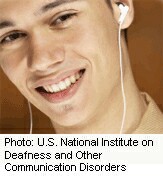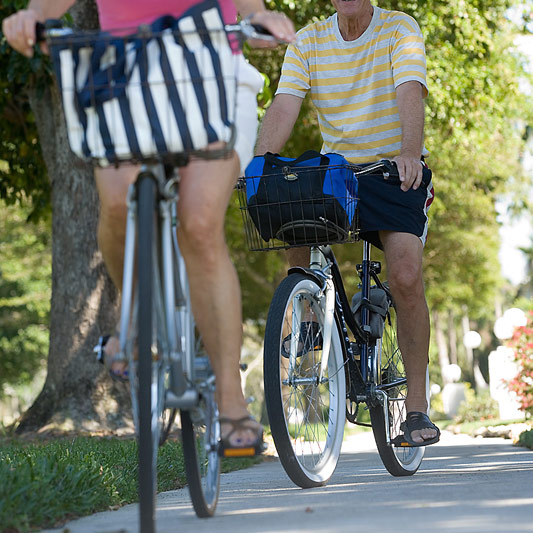
FRIDAY, Oct. 19 (HealthDay News) — Plugged-in teens who can’t part company with their iPods and other electronic devices don’t just risk hearing problems and eyestrain. As pedestrians, they may be more likely to be struck by cars, new research finds.
“Compared to adults, teenagers — in particular ages 13 to 17 — were more likely to be using an electronic device when they were injured,” said Dr. Nina Glass, a surgical resident at NYU Langone Medical Center in New York City. Her research is to be presented Friday at the American Academy of Pediatrics annual meeting in New Orleans.
The research was triggered, she said, by the number of children who came to NYU’s emergency room after pedestrian accidents.
Glass and her colleagues wanted to find out why, so they collected data on all pedestrians struck by motor vehicles who came to the hospital trauma center between 2008 and 2011. In all, they looked at nearly 1,100 patients. Of those, 13 percent were under age 18.
Use of electronics among the teenage pedestrian patients was twice that of adults, Glass found. It was cited by 18 percent of teens and 9 percent of adults.
Even so, the teens were more likely than the adults to have minor injuries and to be discharged without admission to the hospital, the researchers found. The majority of the teens’ injuries involved scrapes and road rash, Glass said, although there were some head injuries.
Besides electronic device use, other, more obvious factors played a role, Glass found. Children were often injured when they were unsupervised, when they crossed mid-block or when they darted into the street.
In some cases, multiple factors played a role.
Although alcohol use was a factor in 15 percent of adult pedestrian injuries, it was not common among teens. Just 4 percent of teen injuries involved alcohol.
The findings support an earlier study done by David Schwebel, a professor of psychology at the University of Alabama at Birmingham. His team set up a virtual pedestrian street to see how listening to music, talking on the phone or texting affected pedestrian safety.
He assigned 138 college students to cross the street while either undistracted or talking on the phone, texting or listening to a personal music device.
Those listening to music or texting were more likely to be hit by a vehicle. All of those in the distracted condition were more likely to look away from the street.
Schwebel’s study was published earlier this year in the journal Accident Analysis and Prevention.
Although his study looked at a virtual environment and the new study examines actual injuries, “their results support ours,” Schwebel said. “Clearly distraction is a significant factor in the large number of pedestrian injuries, and that is especially so among children and teenagers.”
As pedestrians, Schwebel said, “we use our ears quite extensively to cross streets safely.”
It’s crucial, he said, to both look and listen to stay safe as a pedestrian.
What to do?
“Parents can be a good role model by trying to be more cognizant when they cross the street,” Glass said. That means crossing with the light, crossing at intersections and looking both ways before stepping off the curb.
Parents also can talk to their children about appropriate use of electronics, Schwebel said.
“Mobile phones and music listening devices are wonderful inventions,” he said. “They are entertaining, improve communication and sometimes can help us stay safe. But children need to learn when it is appropriate to use their phones and when they should not. Sitting on a park bench is an appropriate place and time to use a phone; crossing a street is not.”
More information
For more ways to stay safe as a pedestrian, visit the University of North Carolina Highway Safety Research Center.

